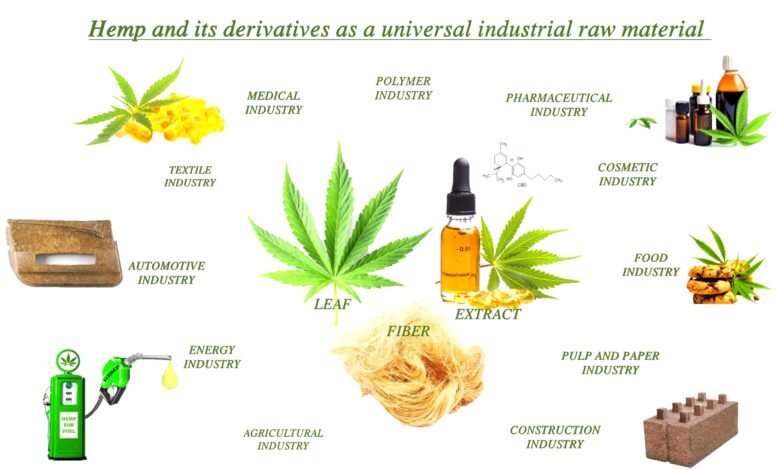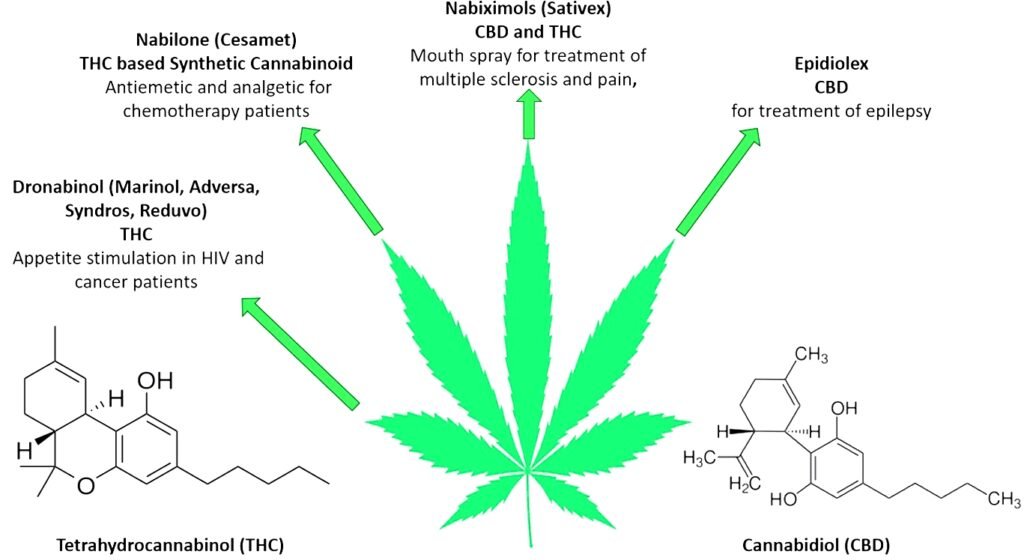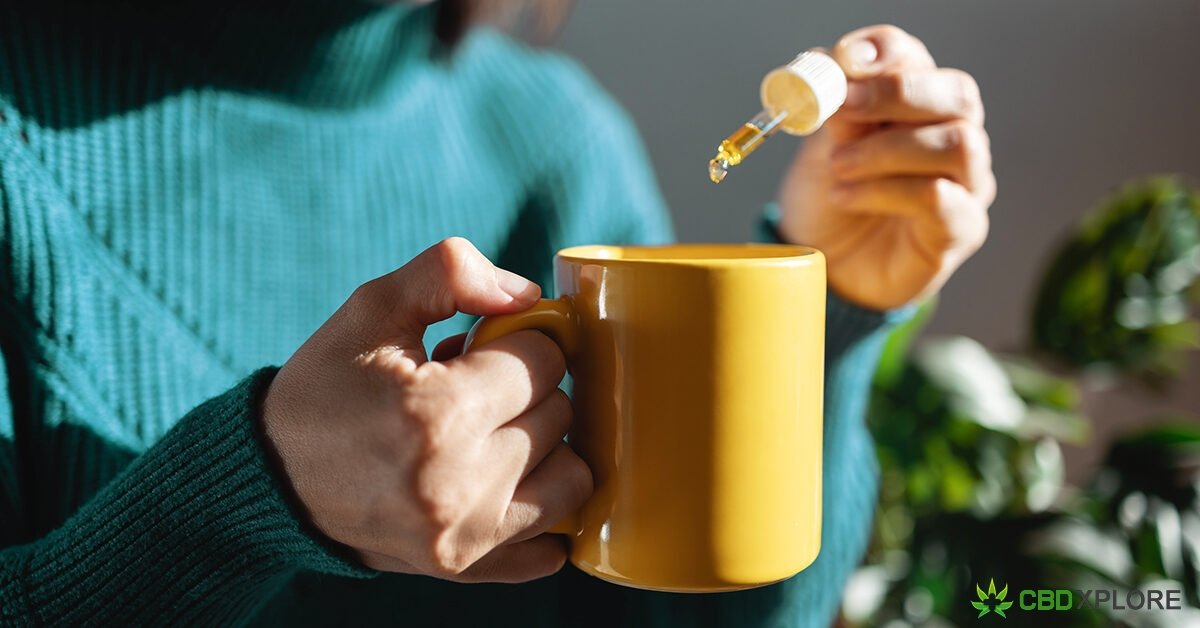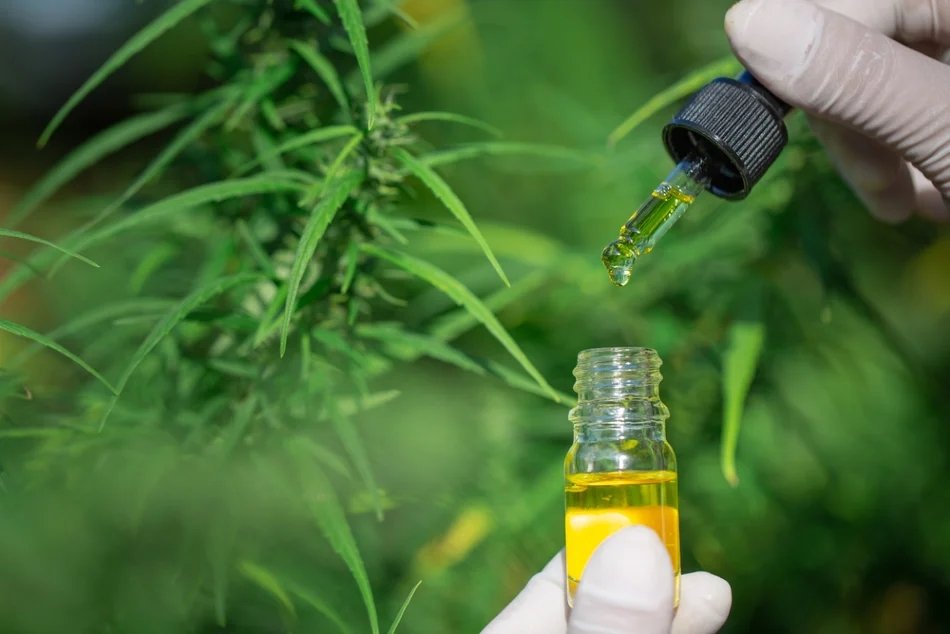A Short History of CBD Oil in UK
CBD looks to be popular and may be found in food and drink

“Explore the rich history of CBD oil in the UK. Discover how CBD oil has evolved and shaped wellness trends across the country.
In the UK, CBD looks to be popular and may be found in food and drink, skincare and makeup goods, and holistic treatments.
Although it could appear to be a fresh, new product, most people are unaware of its longer history. Let’s examine the development of CBD as a product and its history in the United Kingdom.

Explore the Contents
Where was history CBD Oil created?
As hemp and cannabis are plants from which CBD is derived, rather than the substance itself, CBD has a long history with humans. In China around 4000 BC, hemp was first used primarily for land cultivation.
Hemp has been a part of many civilization’s over time. For food, oil, medicine, drugs, and hempen fibers, hemp was employed by the majority of ancient cultures. More valuable than gold was hemp, or dagga as some tribes called it, such as the Hottentots in Africa. Malaria and diarrheas’ were among the ailments that hemp was used to heal in Africa.
Hemp was worn in rituals or burnt because it was considered a sacred plant by many civilizations. Hemp was thus called a “Sacred Grass” or the “King of Seeds” in a number of religious texts.
READ MORE : 8 Best CBD Oils in UK 2024
History of CBD Oil in 1533
Before hemp was commonly grown for its CBD, it was prized for its ability to withstand rot and saltwater in Great Britain. Hemp is very helpful in making thick ropes and sails for the navy because of its long and strong fibers. Europe’s ships would have to cling to its coastlines if hemp hadn’t been invented.
Because hemp grows faster than cotton and is a stronger textile, it was also a great choice at this time. Its industrial applications were crucial to English troops, particularly when, by the fourteenth century, the war for dominance in Western Europe had shifted to the sea.
History of CBD Oil in 1839
The Irish doctor and medical researcher William B. O’Shaughnessy’s introduction of cannabis to the Western medical community brought it fresh prominence. After completing his initial training and education in Great Britain, O’Shaughnessy joined the British East India Company to carry out further study and engage in medical practice.
He has authored research articles endorsing cannabis use in India. He looked at how it may lessen the signs and symptoms of diseases. In order to determine the acceptable dosages and characterise its effects, he even carried out a number of studies.
History of CBD Oil in 1940
A century after O’Shaughnessy’s work was published and led to the discovery of potential chemicals in cannabis, science and technology had improved. Cannabinol (CBN), discovered by British chemist Robert S. Cahn in 1940, was later determined to be a fully-formed cannabinoid. Cahn’s incomplete structure was published at the time of the discovery.
Roger Adams made the discovery of cannabidiol later on. The University of Illinois professor Roger Adams achieved progress in isolating CBD. But years later, when he and other scientists realised what he had done, he was unaware of his triumph. Tetrahydrocannabinol (THC) was also discovered because to this research.
History of CBD Oil in 1970
Even after it was made illegal, physicians could still prescribe cannabis for medical purposes up until 1971, when the Misuse Drugs Act of 1971 included cannabis along with other banned narcotics. a law that limits the prescription, distribution, sale, and ownership of harmful medications.
The substances or goods included in Schedule 2, which is categorised into class A, class B, and class C largely based on their respective hazards, are considered “controlled drugs” for the purposes of the Act. Class A was thought to be the most dangerous.
When the Act was passed, cannabis, cannabis resin, cannabinol, and its derivatives were all classified as Class B drugs.
History of CBD Oil in 1998
The British government hired GW Pharmaceuticals to cultivate cannabis for therapeutic research. Co-founder of GW Dr. Geoffrey Guy thought that plant types high in CBD may provide a drug that would be useful for a variety of health conditions while having little to no euphoric impact.
He discussed CBD in his report to the International Cannabinoid Research Society that same year. It provides advantages in addition to counteracting the plant’s THC’s high effects.
History of CBD Oil in 2001
For legal reasons, authorised individuals are permitted to distribute and possess controlled substances under the Misuse of Drugs Regulations 2001. The five schedules that cover drug-related activities—such as import, export, supply, possession, prescription, and record-keeping—are outlined in the regulations.
Because THC is the primary component that gives cannabis its psychoactive effects, raw cannabis and THC are classified as Schedule 1 substances in the UK because they have no therapeutic or medicinal use.
If certain conditions are satisfied, CBD extracted from plants may be used. The entire plant should be left intact for processing if the CBD is to be harvested from the flowering and fruiting top. Additionally, it shouldn’t include any restricted substances, such as particular types of cannabis.
History of CBD Oil in 2015
As the years passed, the market for CBD oil grew incredibly quickly. There are still some guidelines and standards to adhere to, though. This involves removing any THC and CBD, which are prohibited substances under the Misuse of Drugs Act of 1971, from CBD oil. Additionally, a licence is required for the cultivation and possession of cannabis.
Hemp-based CBD products require a licence, according to the Medicines and Healthcare Products Regulatory Agency (MHRA), yet these products have not yet received a licence. Only in the UK are CBD products permitted for sale, provided that its advantages are not promoted as medical.
Love CBD is a tiny, family-run CBD store that sells premium cannabis oil and has become a market leader for CBD sprays, pills, and balm.





